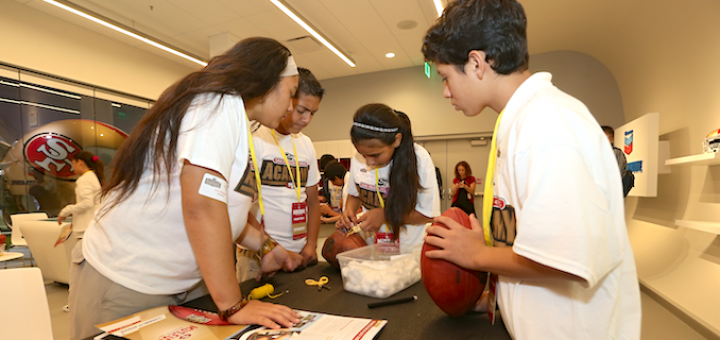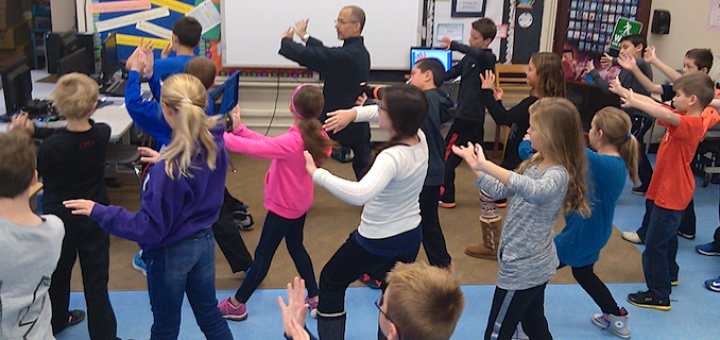Teaching and learning in grades 4-8
Student disengagement is a major challenge for middle school teachers, says NSF-funded researcher Jennifer A. Fredricks, who offers strategies to build community and craft learning opportunities that encourage students to actively participate and succeed.
When students created a current issues exploratory, Jody Passanisi found they not only showed great compassion and understanding–as well as anger–about world events, but they stepped up to lead the class and drive an open, research-supported inquiry.
Reviewer Joy Kirr stopped often during her reading of 8 Myths of Disengagement so she could include ideas in lessons or share them with coworkers. Kirr highly recommends the book to teachers who want to take a fresh look at engagement based on research.
Examining the Evidence explains seven strategies to engage with primary sources, all easily understood by students. Aligned to specific Common Core standards, the strategies are useful in K-8 classrooms beyond social studies, says reviewer Nicole Miller.
The best way to help students learn to appreciate grammar, say authors Lynne Dorfman & Diane Dougherty, is by teaching it seamlessly within the workshop model. The Writing Project veterans share secrets for sustaining a writers community in your classroom.
Have you ever been told that teachers in co-taught classrooms shouldn’t be distinguishable? Special educator Elizabeth Stein never felt comfortable with that concept, and a recent workshop with co-teaching expert Marilyn Friend helped her understand why.
Today’s students have never known a time when computers didn’t exist. Many are surrounded by digital options in school as well as at home. But teacher Cheryl Mizerny has noticed her 6th graders are often drawn to low-tech learning experiences. She looks at why that might be.
STEM curriculum expert Anne Jolly sees considerable potential for connecting sports to a variety of engineering challenges and attracting otherwise disengaged students to STEM programs. She shares a range of good resource sites, from NASA’s STEM Mania to the SF 49er STEM Zone.
Teaching students to “think like historians” begins with making connections between past and present, says teacher Mary Tarashuk. As her 4th graders begin the Age of Exploration, she calls on a Tai Chi parent-expert to help bridge ancient and modern times.
As a collection of primary sources, My Pearl Harbor Scrapbook 1941 is truly a treasure trove, ranging from telegrams to WW II images. Reviewer Jody Passanisi, while noting its dense design and limited personal narration, recommends the book for all ages.








































